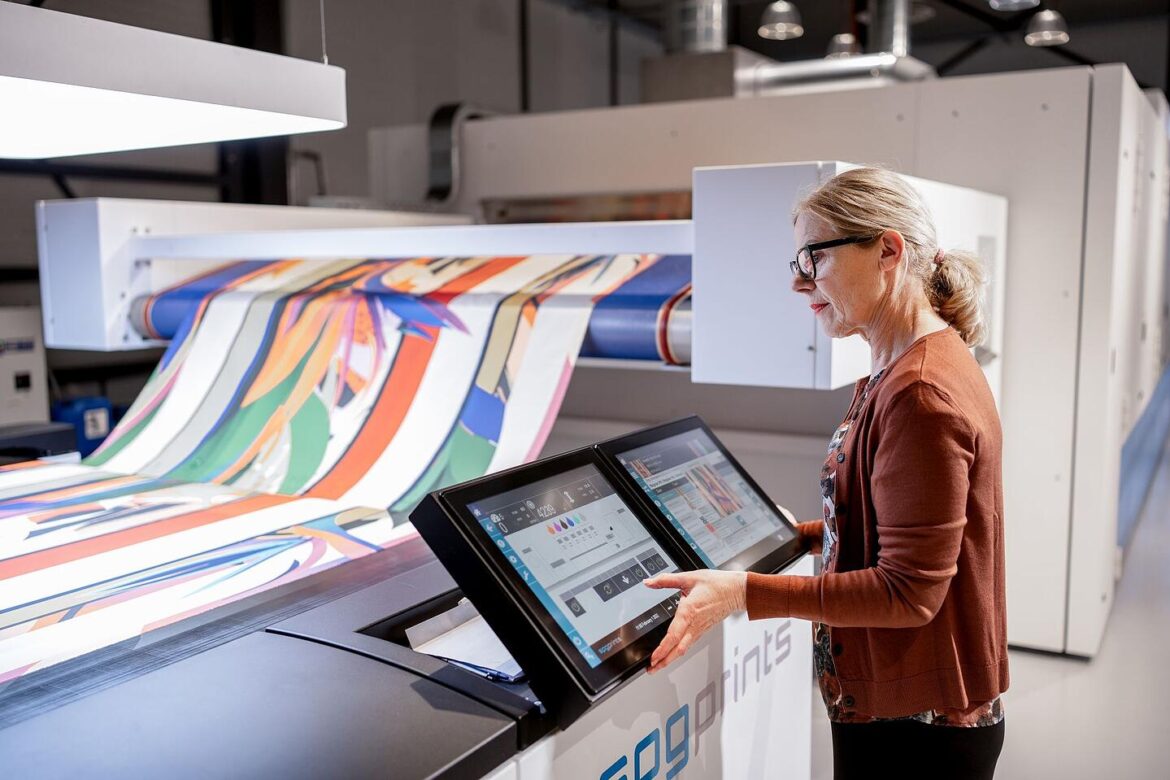Digital printing is the new method of printing colorful designs and patterns on different fabrics effectively and quickly. The printing industry has evolved rapidly in previous years. Without mess or harming the environment, one can create any design and transfer it to any piece of cloth using high-end tools.
If you want to be a designer and create unique designs on your own, you can do so by using various software like photoshop. You can buy a fabric printer and transfer your design to any fabric within a few minutes. If you cannot afford it, you can visit this site for customized printing services for fabric prints.
Anyone interested in buying a digital fabric printer must know detailed information regarding new technologies and innovations. Even digital printing has gone too far and evolved to develop high-quality prints.
About Digital Fabric Printing
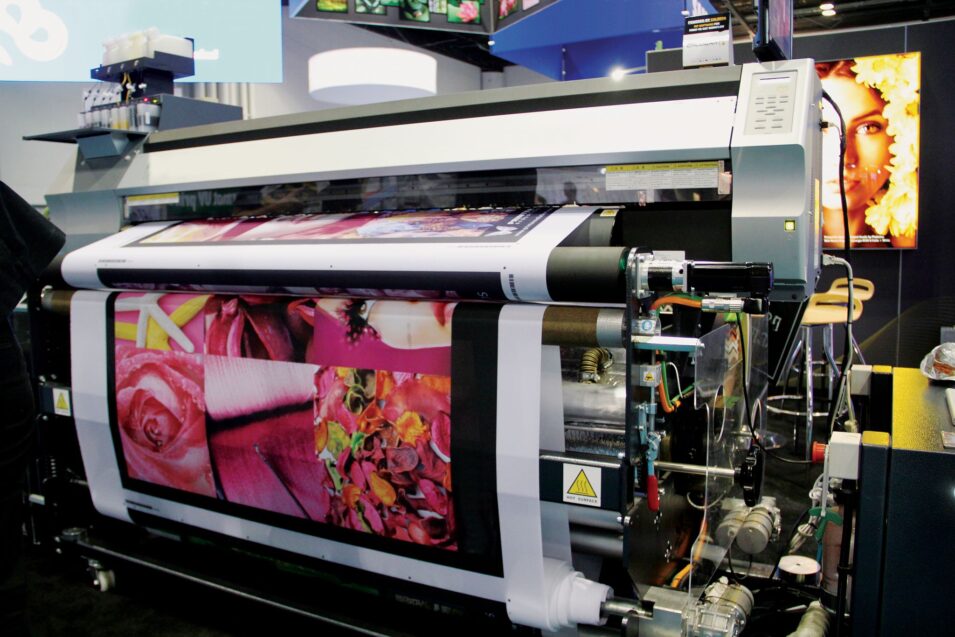
Nowadays, computers are used in every industry and so in the fabric printing sector. Though there are unlimited options to print, the digital method is the current and modern method. It is easy to transfer any image or pattern from your computer screen to any piece of cloth or object as you do with paper.
The process can be done with a single click, and the ink will transfer immediately. It can be expensive if you use the printer to develop limited products. But it can be cost-effective for bulk products. You can prefer on-demand printing services if you desire to print restricted items.
Digital Printing Types
- Laser or Inkjet: It is a commonly used method for digital printing. You can easily find printers that use laser or Inkjet technology.
- Solid Ink: It is used for large-scale printing jobs, which graphic designers mostly use. It is helpful to create durable images and advertisement posters. The process involves the use of resin polymer wax.
- Digital Press: It is also used for printing large-scale products like business cards, brochures, etc.
- Dye Sublimation: With the help of heat transfers, the image of patterns or designs are printed on different fabrics. Sublimation is a common technique for printing customized T-shirts and other objects.
Digital Printing Process
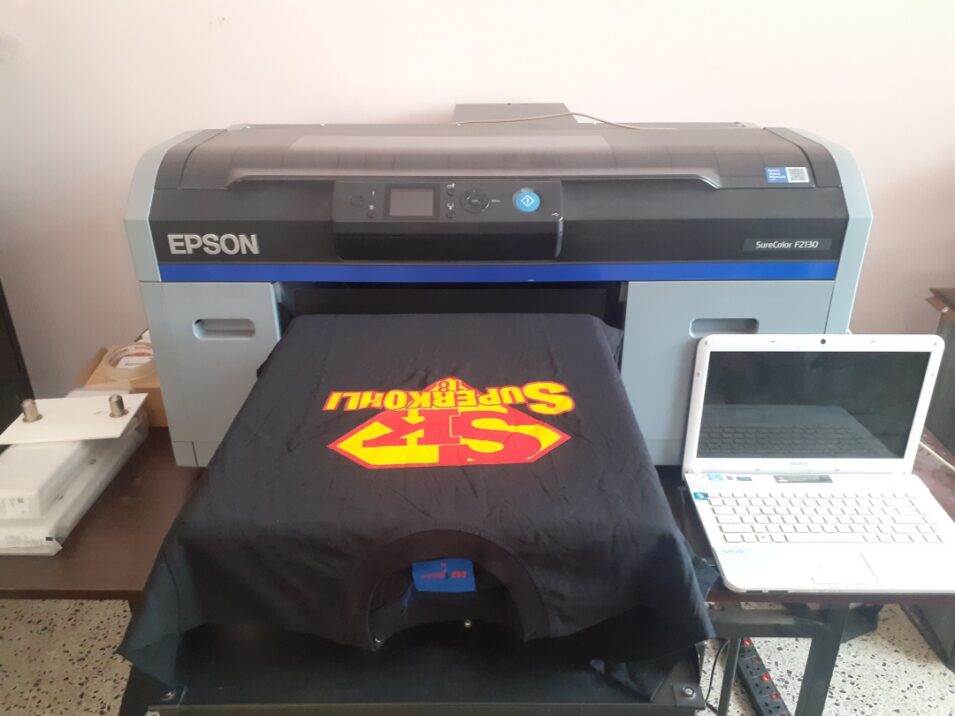
The printer prints images without using metal plates or stickers and follows the computer’s command. Digital printing is easy, convenient, quick, eco-friendly, and better than traditional methods. The process of creating and printing images is quite simple and is done in three steps:
- The process begins by creating an image of the required size and quality. The print will be clean, and quality will not be compromised.
- The image’s size must adequately fit the available highest area to avoid quality loss.
- After that, the image’s file type is correctly formatted so that the printer can process it. If you set the high-quality format of the file, the image will be clean and crisp.
By heating techniques, the image gets transferred to the object by forming a thin ink layer on the object’s surface. The process consumes more energy, but it is eco-friendly at the same time.
The Use of Digital Printers
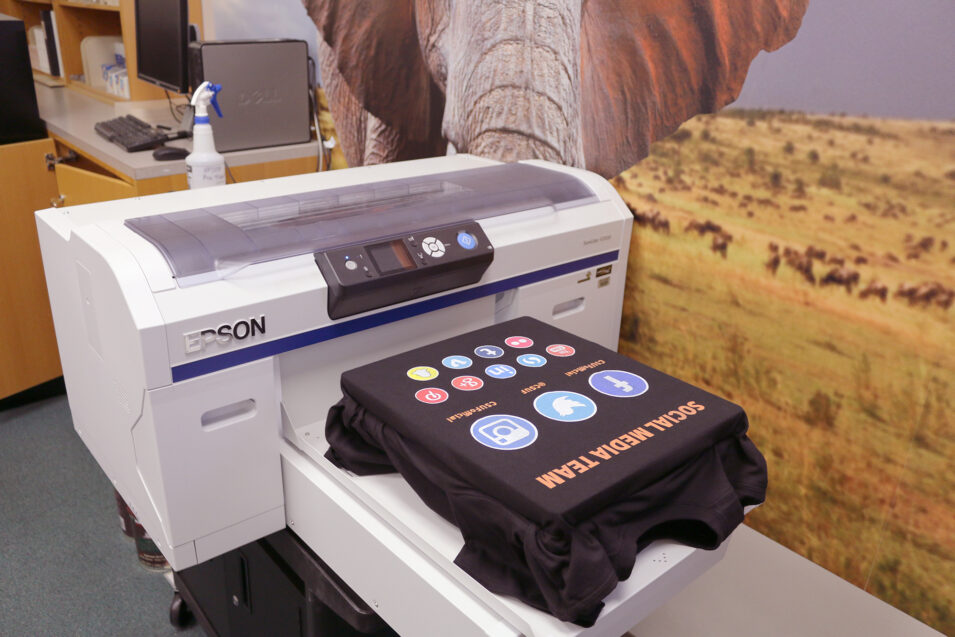
Printers can print the design or pattern on the object without printing plates. You need to take care of the quality and size of the image so that the printer does not face any issues while transferring the image. Within a few minutes, you will get the desired output. It is easy to print in bulk at high speed.
Digital Fabric Printing
You can even print a single item without spending much using a digital fabric printer. There is no limitation regarding transitions, colors, patterns, etc. The process includes the application of tiny dye droplets to the fabric that forms a pattern.
From the palette of basic colors, a printer can create different shades automatically and use them while printing. Generally, it is recommended to print any design digitally on white fabric to enhance the appearance of the pattern. All detailed, complex, tonal designs will be visible on the white canvas.
Digital Fabric Printing Innovations
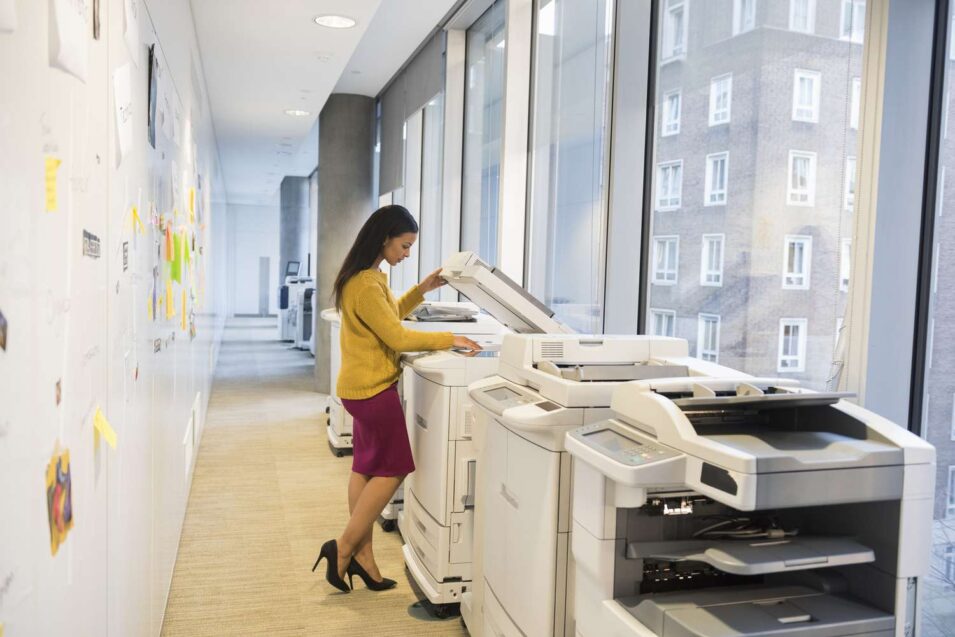
1. DTG Printing Method
In this method, any design is printed on the finished product. The technique of Directly on Clothing means that the product is already sewn. After printing, the object is ready to use. Generally, you can use this method for printing patterns on readymade T-shirts, bags, sweatshirts, etc.
But there is a limitation in that you have a limited printing area, and you need to personalize the design accordingly. When it comes to price, it depends on the print size and fabric color.
2. Roll-to-Roll Printing Method
For roll printing, a powerful printer is used, and it is done to print at a large scale. A clean and unprinted fabric is attached to the printer, and the printheads repeatedly apply the dye on the surface. The pattern is printed on the entire bolt of fabric, and you will get enough cloth to sew as per your fitting. Large accessories, curtains, bedsheets, etc., are printed by this method.
Different types of dyes are used for printing on different fabrics. It can be pigmented ink, acid, and reactive dyes, or you can consider the dye sublimation process. Pigmented ink is a high-quality fabric printing process in which the fabric is prepared by soaking in a substance.
This way, the pigment will stick, and the fabric will get printed under a specific temperature. In the dye-sublimation process, synthetic or blended fabrics are used. Using the sublimation technique, solid inks are changed to vapors and stuck to the cloth at a specific temperature. But with acid or reactive dyes, the cloth is reacted with the dyes dipped in some material for reactive prints.
The Bottom Line
Fabric digital printing is innovating, as many new techniques are available for small-scale and large-scale businesses. The techniques are environment-friendly, easy-to-use, and cost-effective.
It is also easy to print any design of your choice on any fabric at home by using the printer. You must understand the functioning of different printing methods for transferring design or pattern to any fabric.

